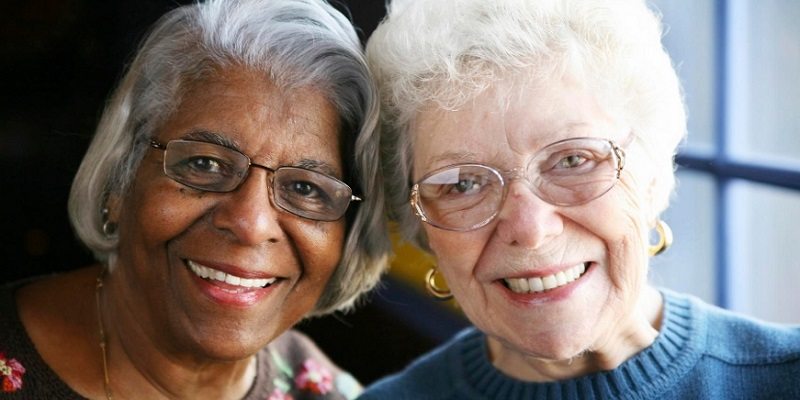With our aging population, elder abuse and neglect at nursing homes and private residences is on the rise. There are various forms of elder abuse, including physical abuse and neglect, sexual abuse, emotional abuse, and financial abuse. Recognizing the signs of physical abuse and neglect can be difficult unless the family members and friends of the elderly person are prepared to see things that they may wish were not true.
Aging is difficult, and so too is the transition between independent and assisted living. Because this transition is so difficult on all of us, many choose only to see the positive aspects of a nursing or assisted living facility such as the warm-looking environment, cheerful staff members, and tasty food served at the cafeteria. However, when visitor hours are over, some nursing homes take on a whole different quality.
While nursing home abuse is a real problem, the abuse and neglect that elderly people face at home is even more so. Most abusers of the elderly are actually family members of the older person. This creates a major problem of underreporting of elderly abuse because many older people do not wish to get their family members in trouble. In both cases, abuse caused by family members as well as abuse and neglect caused by nursing home staff, the elderly person may not report the abuse because he or she believes that he or she is not physically or mentally strong enough to do so, or for fear of retaliation. Sadly, according to the nonprofit group Help Guide, authorities receive half a million reports of elder abuse every year, while millions more cases go completely unreported.
Physical Abuse of the elderly
Physical abuse is defined as the non-accidental use of force:
- Hitting;
- Pushing;
- Use of constraints;
- Confinement;
- Inappropriate administering of drugs; and
- Overly firm grasp of an arm or clothing;
Neglectful activity
Neglect is defined as failing to fulfill a caretaking obligation.
- Denial of food and water;
- Denial of prescribed medication;
- Failing to provide clean bedding;
- Failing to provide clean clothing;
- Failing to carry out washing duties of the elderly person;
- Confinement; and
- Leaving a person with dementia unsupervised;
Signs and Symptoms of Elder Abuse and Neglect
It is important to keep a watchful eye out for any signs of elder abuse or neglect when visiting your older family member or friend. When taking the time to really look for signs of abuse and neglect, they can be obvious. However, they may be subtle, which is why persistence and vigilance are important. The following are signs of neglect and abuse, according to the American Psychological Association and Help Guide.
- Bruises;
- Broken bones;
- Cuts or scratches;
- Sprains;
- Torn ligaments;
- Grip marks on arms or the neck;
- Constraint or rope marks on the arms or ankles;
- Unexplained, repeated injuries, especially when on both sides of the body;
- Dismissive attitude about injuries or denial;
- Refusal to seek medical attention for repeated injuries;;
- Sunken eyes;
- Sudden or unexplained weight loss;
- Lack of personal hygiene;
- Torn clothing;
- Consistently dirty clothing, bedding, and/or room;
- Bedsores;
- Broken glasses frames;
- Caregiver refuses or seems wary to let family members see the elderly person;
- Reports of drug overdose;
- Failure to take medication (as noted by more pills remaining in a prescription bottle than should); and
- Other damaged or missing personal items such as medication, walker, hearing aids, or other items that may have been broken by the abuser.
If you suspect your loved one is being abused or neglected by a family member or nursing home facility, please call one of our experienced New York elder abuse and neglect attorneys right away to discuss your legal options and to put this abuse to a quick and final end. Call Napoli Shkolnik PLLC today at 212-397-1000.
